Investors are not taking the physical risks posed by climate change seriously enough, according to the latest scenario analysis by Ortec Finance.
Maurits van Joolingen, director of climate scenarios and sustainability at Ortec Finance, said an “unexplained” jump in temperatures last year has highlighted the potential for physical risks to manifest more suddenly and immediately than many financial institutions currently assume.
Ortec this week updated its scenarios – which are used by asset owners including Singapore’s sovereign wealth fund, GIC, and the UN Joint Staff Pension Fund – to account for last year’s spike.
The cause and longevity of the increase are unknown, although data shows it brought average temperatures up from 1.3°C to 1.5°C above pre-industrial levels.
For its most pessimistic climate scenario, Ortec is treating the shift as permanent, which enhances the likelihood of short-term damage caused by climate-related events.
“Clients currently focus on transition risk, but often feel the impacts of physical events are too far out,” said van Joolingen.
“That could be a dangerous assumption.”
While transition risk is an important consideration, he continued, weather events pose two types of risk.
“It’s not just about the actual damage they cause, it’s also about what happens when markets perceive a rise in the probability of those type of events occurring.
“And as soon as they start expecting more wildfires, droughts and hurricanes, it will begin to be reflected in capital market assumptions.”
Looming ‘insurance crisis’
Ortec’s new scenarios also explore the implications of more natural disasters on the viability of insurance for key assets.
“We’re in the early stages of what could become an insurance crisis if physical climate events continue to push up premiums,” said van Joolingen.
The outcomes considered in Ortec’s scenarios range from a modest growth in insurance premiums through to assets becoming widely uninsurable.
“It will be much harder for companies to build new plants if there’s a risk they won’t get insurance. And that matters for their investors.”
Van Joolingen’s comments echo remarks made last month by Allianz executive Gunther Thallinger, who argued that “we are fast approaching temperature levels – 1.5°C, 2°C, 3°C – where insurers will no longer be able to offer coverage for many of these [physical climate] risks”.
“This is not a one-off market adjustment. This is a systemic risk that threatens the very foundation of the financial sector,” Thallinger wrote at the time.
“If insurance is no longer available, other financial services become unavailable too. A house that cannot be insured cannot be mortgaged. No bank will issue loans for uninsurable property. Credit markets freeze. This is a climate-induced credit crunch.”
Ortec has also ruled out the possibility of achieving net zero in time for the widely accepted 2050 deadline.
“Even our most ambitious scenario does not anticipate the world reaching net zero until mid-2050 and shows temperatures rising to 1.6°C by 2100,” van Joolingen said.
The latest digital edition of IPE’s magazine is now available


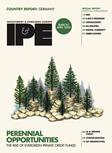


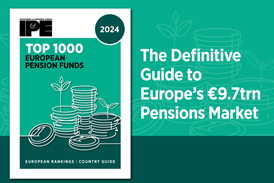
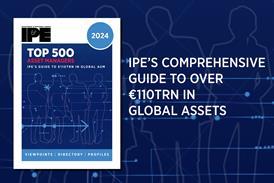





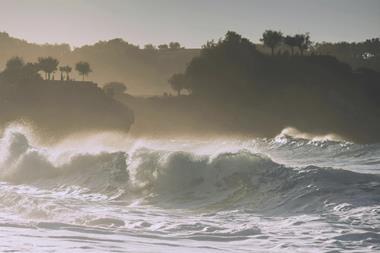
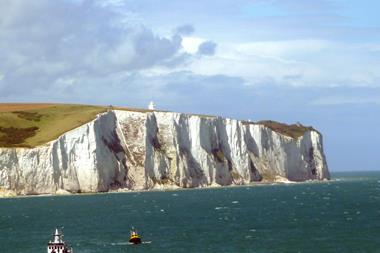





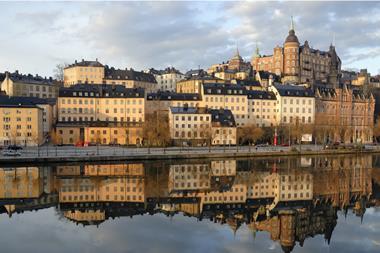
















No comments yet